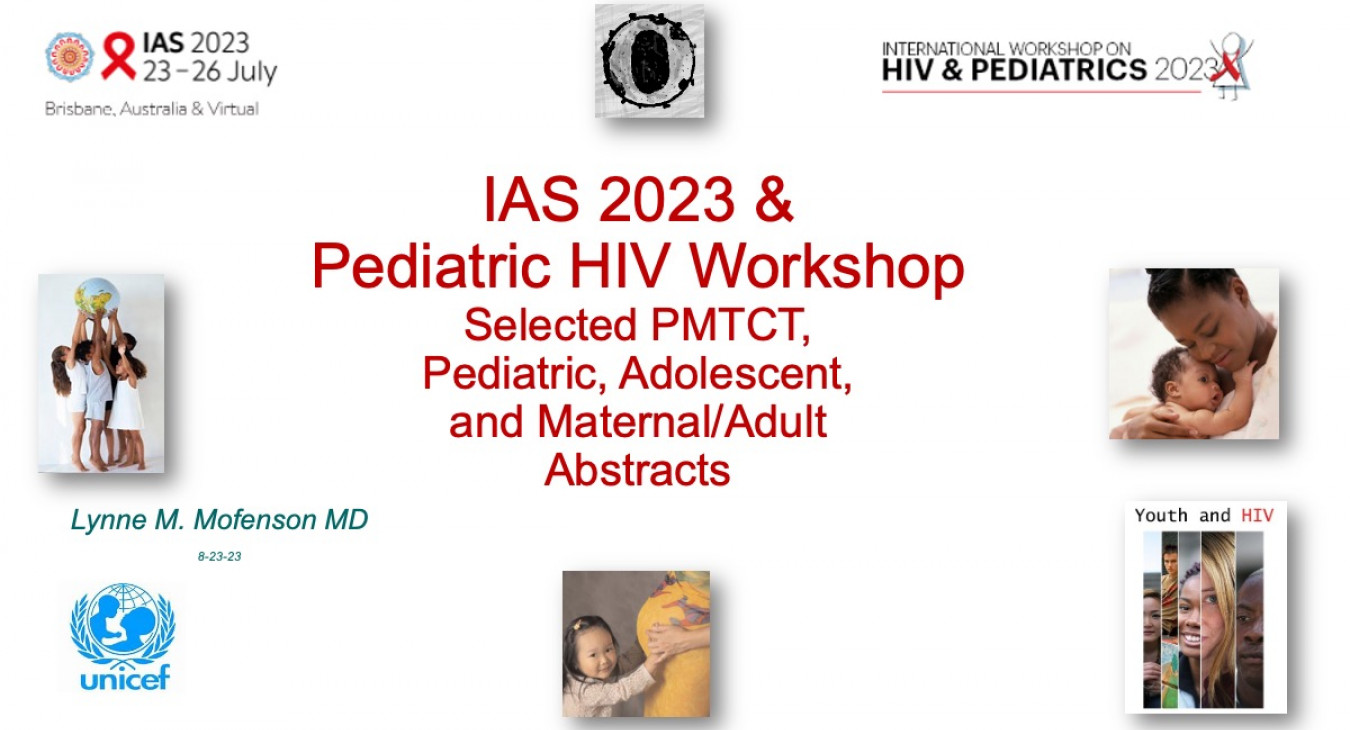In 2023, an estimated 1.37 million children aged 0–14 years were living with HIV globally, yet a staggering 43% of these children—over half a million—were unable to access life-saving antiretroviral therapy (ART). This alarming figure not only highlights a significant gap in our healthcare systems but also falls dramatically short of the 2030 target of achieving 95% ART coverage among children living with HIV. The consequences of this inadequate access to treatment are dire. Research indicates that without timely intervention, one-third of infants born with HIV will not survive past their first birthday, and half will succumb by age two.
To ensure that every child thrives, it is imperative that we scale up access to ART. We must prioritize investments in healthcare infrastructure, improve early diagnosis, and scale up HIV case finding among children beyond infancy to ensure timely treatment for all affected. Every child deserves a chance at a healthy future, and it is our collective responsibility to make that a reality.
Below, we provide links to key tools, documents, and resource materials that can help programmes enhance outcomes for children living with HIV.

The Paediatric Service Delivery Framework presents strategies to address bottlenecks across the continuum of care for each population: infants, children and adolescents. It describes comprehensive and targeted service delivery models, which emphasize strong linkages between testing, treatment and care, and between communities and facilities.

Scaling up HIV case-finding efforts for children is constrained by limited access to testing, stigma and policy barriers. This technical brief guides countries to enhance HIV case-finding and improve testing coverage for at-risk children. It focuses primarily on how programmes can identify those children who may have missed out on EID testing, who were never tested after breastfeeding or whose mothers were not enrolled in care.

This toolkit, developed by members of the AIDS Free Working Group, consists of the latest normative guidance, technical guidelines, policy briefs, case studies and advocacy resources to support efforts to achieve the AIDS Free targets in high-burden countries. Topics covered include advocacy, diagnosis, drug optimization, service delivery, community engagement, and monitoring and evaluation.

WHO's consolidated guidelines, updated in 2021, bring together existing and new clinical and programmatic recommendations across different ages, populations and settings, bringing together all relevant WHO guidance on HIV produced since 2016. The guidelines are structured along the continuum of HIV care and provide expanded guidance on service delivery.

Informed by implementation lessons learned, this operational guidance aims to guide country teams to design country-contextualized family HIV testing roll-out in West and Central Africa. It is meant for use by national programme managers, implementers, advocates and health care providers in collaboration with partners and technical experts.






